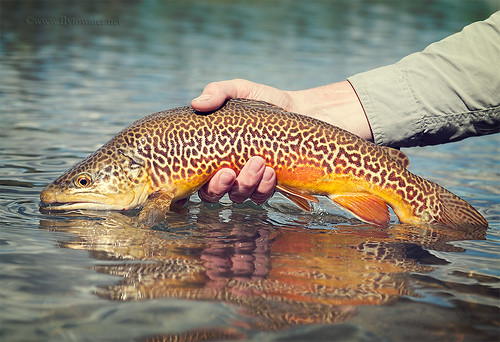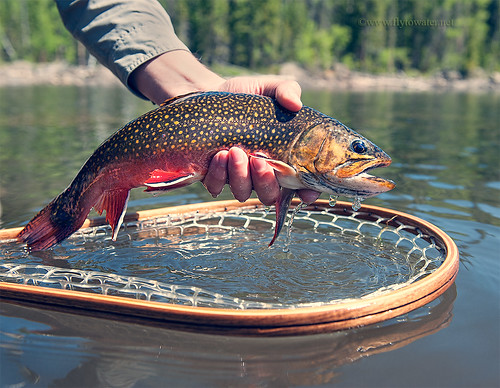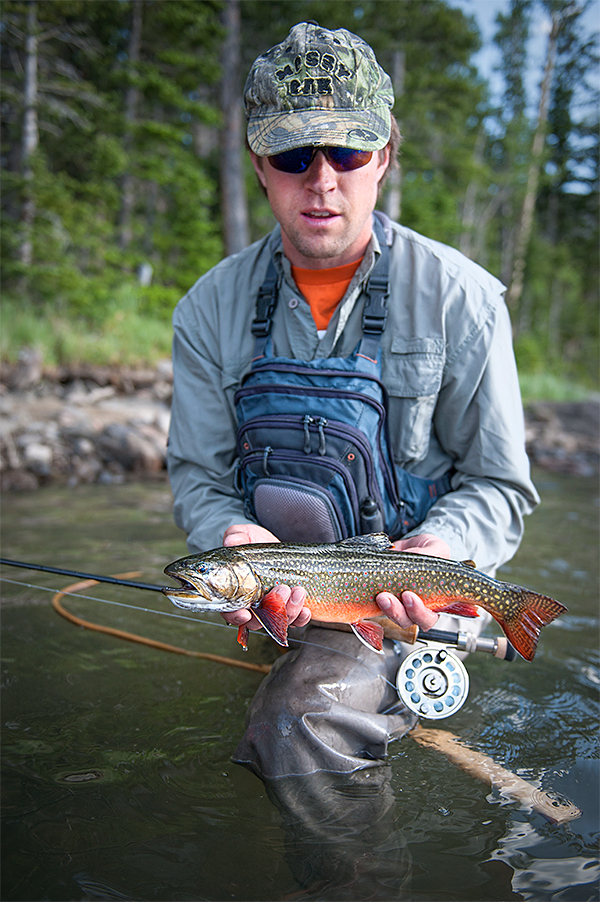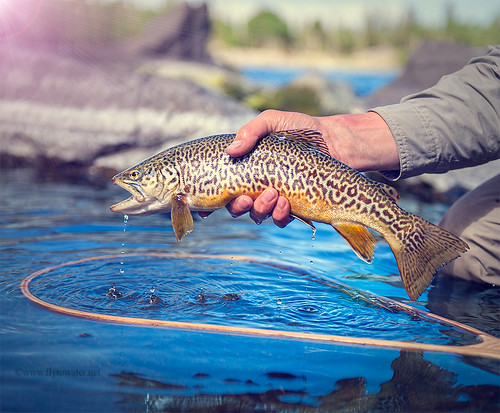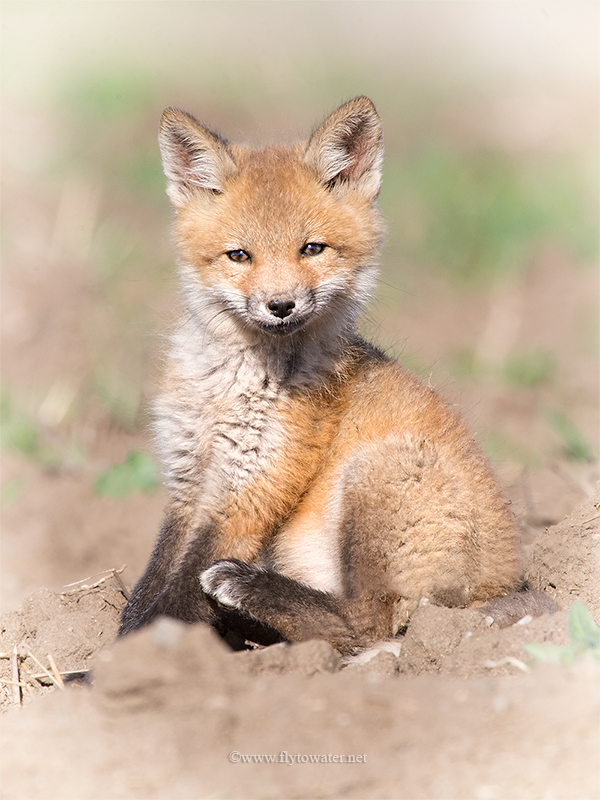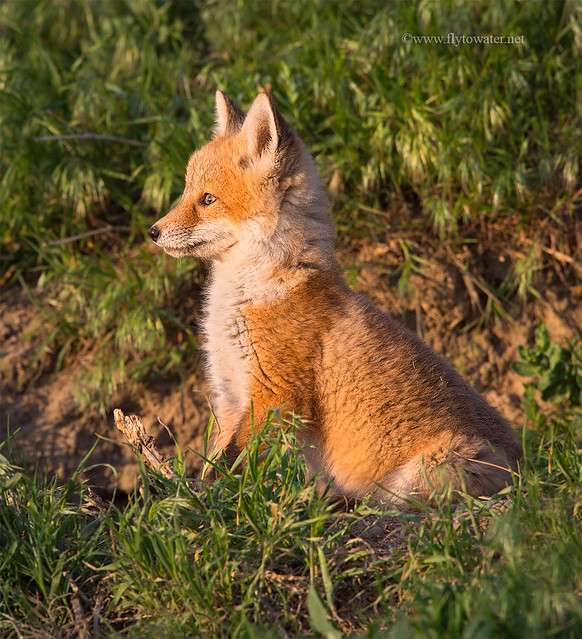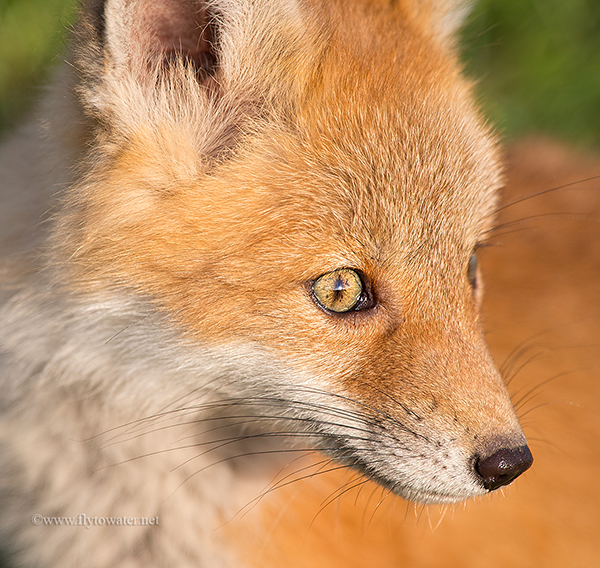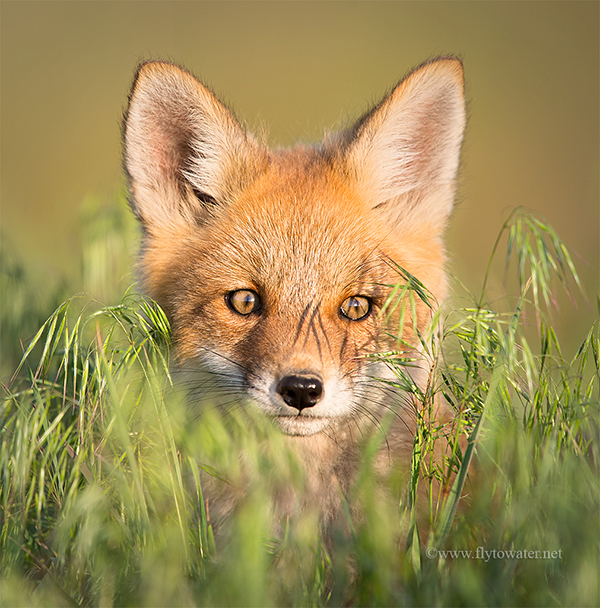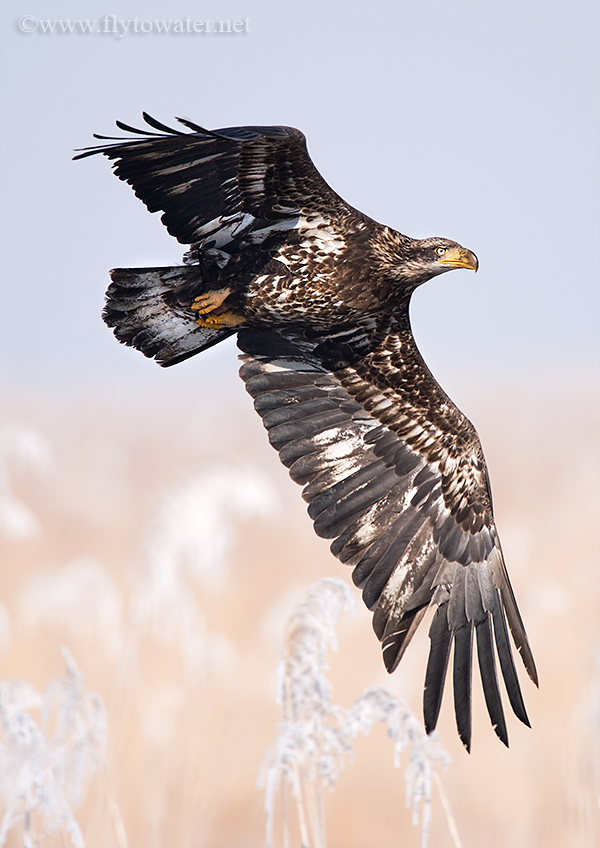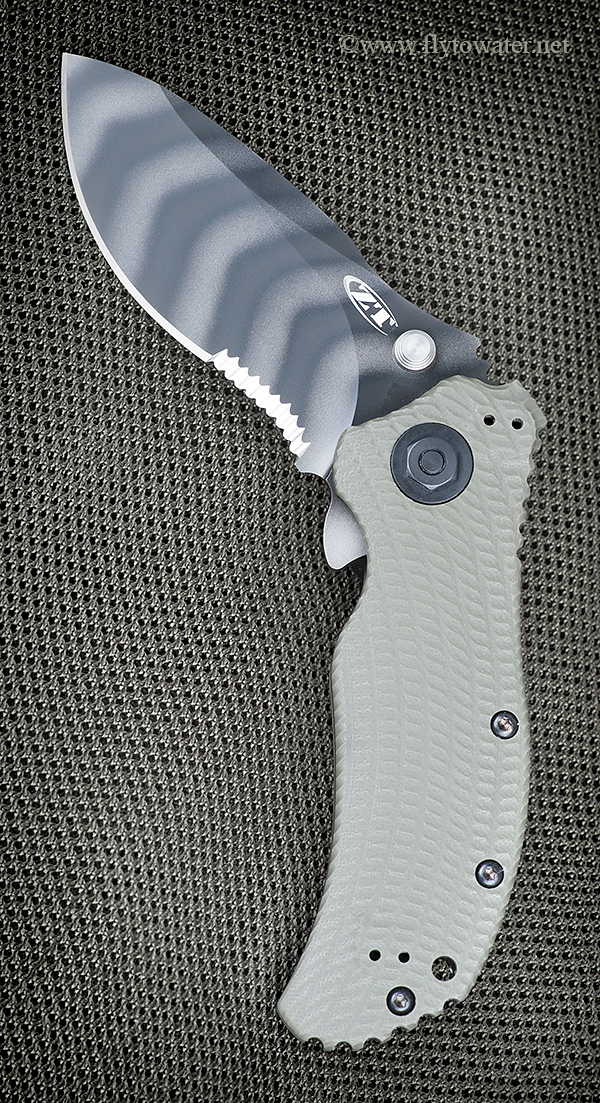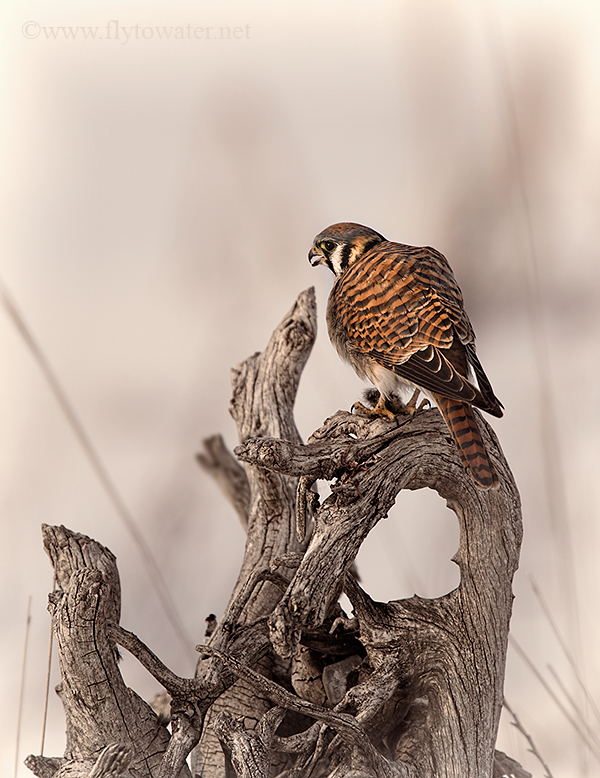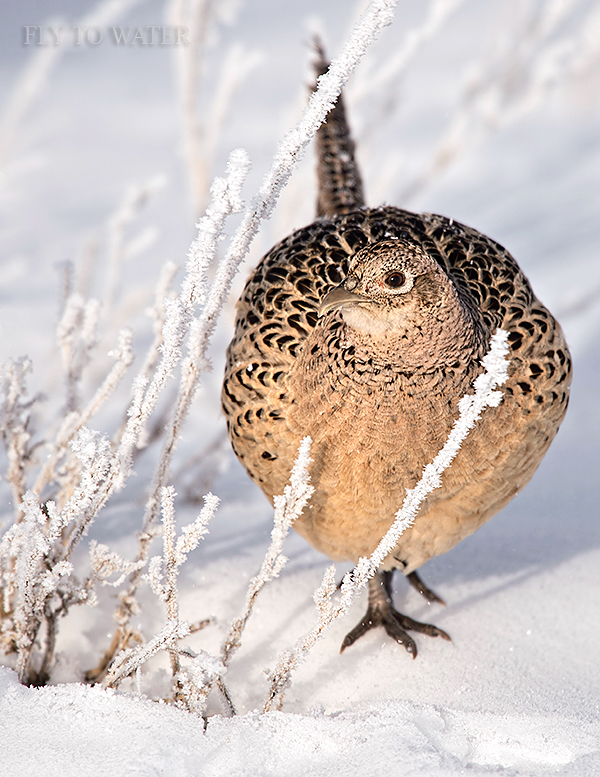A few friends of mine claim that I own so many fly reels, that putting them all in the same place could potentially form a gravitational singularity that would eventually consume the Earth.
While I have serious doubts as to this possibility, I choose not to tempt fate and disperse my reels evenly across the geography I have available.
The point is that I'm no stranger to fly fishing hardware, and have owned or used just about everything on the general market at one time or another. Excellent offerings exist in all categories from a variety of manufacturers.
Still, once in a while something special comes along and in my opinion Sage has just raised the bar in the heavily competitive 6/7 weight arena where, incidentally, 80% of my angling takes place.
Some time ago I wrote a review of the larger 6000-series bodies and found them to be outstanding reels for saltwater or anything requiring a dependable brake and a stick larger than an 8-weight. At that time I really wished (and discussed in my commentary) that Sage would improve the selection of finishes available to become more competitive aesthetically. Saltwater is only something I get the occasional chance to enjoy, so also on my wishlist was a 6-weight version of the flagship reel.
Enter 2013, and Sage now offers the 6060 in several new finishes including Stealth, Azure, and Storm for lighter tackle. It's a dinger of a home run.
Just about every reel I've ever used has some kind of quirk which, in daily use, winds up causing a galloping neurospasm. Maybe there are no reference markings on the drag knob, or the tension thereof is insufficient and results in unintentional adjustments. I change spools a lot, especially when fishing stillwater, and many models are flawed in various ways here too. O-ring seals become very difficult to remove in the cold, some have small parts that may come loose and can potentially be lost, and others utilize spool releases that are tiny or difficult to access with gloves. I happen to cast and reel with my right hand, and changing retrieve direction can be a hassle with a number of current designs (a few are even best left to the factory or dealer).
The 6000-series addresses all of these issues...perfectly.
Releasing the spool, as anyone who has used this lineup knows, is a true industry innovation. It's easy, can be done with gloves, works regardless of temperature, and is exceedingly unlikely to happen inadvertently.
The drag knob has an ideal resistance, as well as being incremented with readily visible numbers. As a big plus, it also traverses the full range of adjustment in 1 revolution. Retrieve can be easily changed from left to right hand using the supplied wrench.
Sage offers a utilitarian design in terms of weight savings and frame strength, but it's visually compelling as well. In the new Stealth finish, the whole package is unbridled bad-assery.
I really have to hand it to Sage. The 6060 is the first reel in the 6-weight class with which I can find no quirks. Over the past several years I've been fishing a variety of hardware from companies like Nautilus, Lamson, Galvan, and Sage. All are very good. Until now, however, I haven't used anything that manages to function so seamlessly and glitch-free in all the key areas.
If you are considering this reel, just pull the trigger. It's a shot across everyone's bow.
Fly to Water Rating:
★★★★★ - Drag: Fully sealed, numbered, with ideal tension. Best spool release in the industry.
★★★★★ - Price: On par with the competition, less money than many flagship offerings.
★★★★★ - Weight: 6 2/5oz - not the lightest in the segment but balances nicely on 6/7wt rods
★★★★★ - Design: Looks wicked, functions seamlessly in all conditions and with gloves, nice finishes.
A five star sweep.








